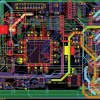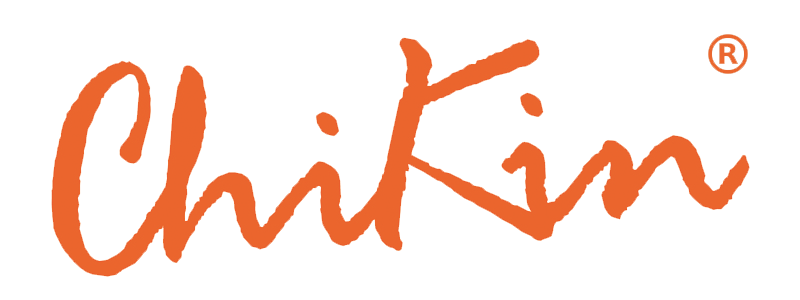Common PCB dry film problems and solutions for beginners
Jun 20, 2023
Common PCB dry film problems and solutions for beginners
As the electronics industry continues to develop and products undergo constant upgrades, many PCB designs now feature very small lines in order to save space. Wet film, which was previously used, cannot meet the requirements of current graphic transfer processes. Dry film is now commonly used for producing small lines. Let's discuss the common issues encountered during the film lamination process and their solutions.
Summary of common problems and solutions for PCB dry film lamination:
1. Bubbles between the dry film and copper foil surface:
(1) Issue: Choosing a smooth copper foil is crucial to avoid bubbles.
Solution: Increase the pressure during PCB film lamination and handle the board gently during transfer.
(2) Issue: Uneven surface and contamination on the hot press roller.
Solution: Regularly inspect and protect the surface of the hot press roller to maintain its smoothness.
(3) Issue: Excessive temperature during PCB film lamination causing wrinkling due to temperature difference in contact materials.
Solution: Lower the temperature during PCB film lamination.
2. Insufficient adhesion of dry film on copper foil:
(1) Issue: Inadequate cleaning of the copper foil surface, resulting in oil stains or oxidation layer.
Solution: Wear gloves and clean the board properly before handling.
(2) Issue: Poor quality or expired dry film solvent.
Solution: Choose high-quality dry film from reputable manufacturers and regularly check the expiration date.
(3) Issue: Fast transfer speed and low PCB film lamination temperature.
Solution: Adjust the PCB film lamination speed and temperature accordingly.
(4) Issue: High humidity in the production environment leading to prolonged dry film bonding time.
Solution: Maintain a relative humidity of around 50% in the production environment.
3. Wrinkling of dry film:
(1) Issue: Overly sticky dry film causing handling difficulties.
Solution: Handle the board with care during the lamination process and address any contact-related issues promptly.
(2) Issue: Excessive heating of the board before PCB film lamination.
Solution: Control the preheating temperature of the board, avoiding excessive heat.
4. Residual adhesive:
(1) Issue: Poor quality dry film.
Solution: Replace the dry film with a higher quality one.
(2) Issue: Excessive exposure time.
Solution: Understand the materials used and determine an appropriate exposure time.
(3) Issue: Ineffective developer solution.
Solution: Replace the developer solution with a fresh one.

Recent Posts

October 26, 2016
The Most Successful Engineering Contractor
May 12, 2025
China PCB Drilling Routing machine Development
May 06, 2025
PCB Design Process and Key Points





